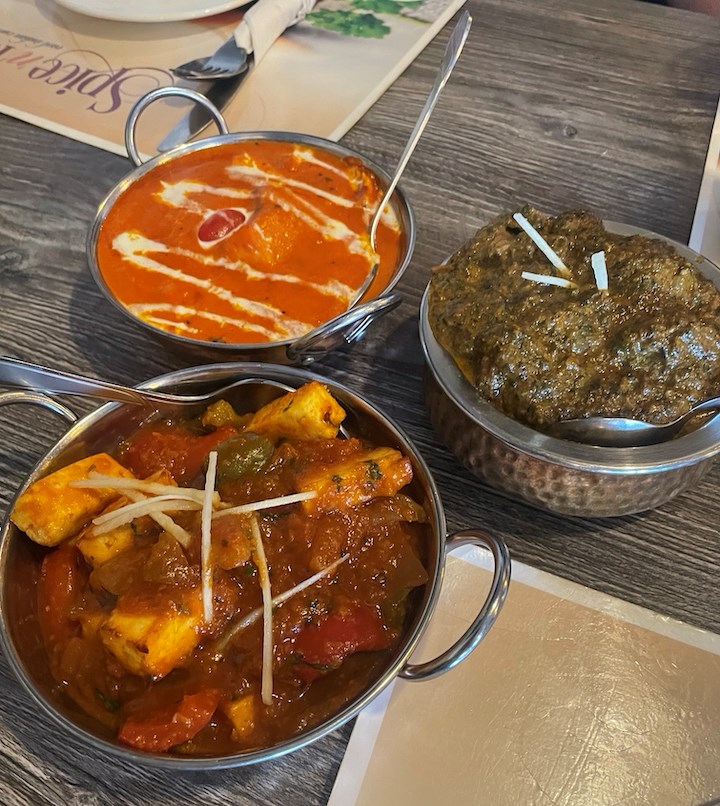The preponderance of the city's population is of Western European origin. According to the 2021 Canadian Census of Population, 88,480 of the 96,290 people in the Sarnia Metro Area are of Western European descent. There are also 1,640 Americans, 660 Russians, 615 Swedes, 530 Norwegians, and 1,105 Portuguese people. Against this backdrop of European population hegemony, one can find 1,230 people from India. That's just 1.277% of the population of the metro area.
Nevertheless, nine Indian restaurants in Sarnia serve cuisines from different areas of India. Five of the restaurant owners responded to requests for interviews. It should be noted that their participation was enthusiastic and open.
Throughout the last 25 years, Sarnia has been very much a "meat-and-potatoes" town when it comes to culinary preferences. Several restaurants with menus of cuisines other than "the usual" came and went during that time. Indian food, however, has hung on, and the owners of these restaurants have carved out their own stalwart places in Sarnia's culinary landscape.
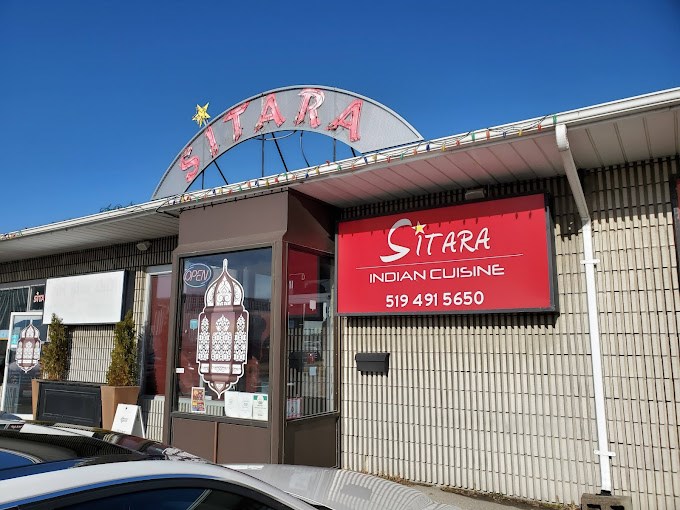
Take Ajit Rekhy and her husband, Manpal Rekhy, for example. They're the joint owners of Sitara Indian Cuisine, which has three locations: London Road in Sarnia, Lite Street in Point Edward, and Petrolia Line in Petrolia. They've been operating in Sarnia and environs for 10 years, and they opened the Point Edward location in 2017. Although most of the people who eat there are Indian, they do get a varied clientele. At the Petrolia location, for example, they get lots of non-Indian Canadians going for dinner there after performances at the playhouse. At all three of their locations, the chicken, lamb, and vegetarian dishes are all popular in equal measure, particularly the "street food." They even have a dish that could be called "Indian poutine." The Rekhys tailor the dishes to different palates, offering them with different levels of spice. They say that their business is good. They also maintain more of a cooperative spirit with the other Indian restaurants in town than competitive and told me that they often go to the other restaurants to eat.
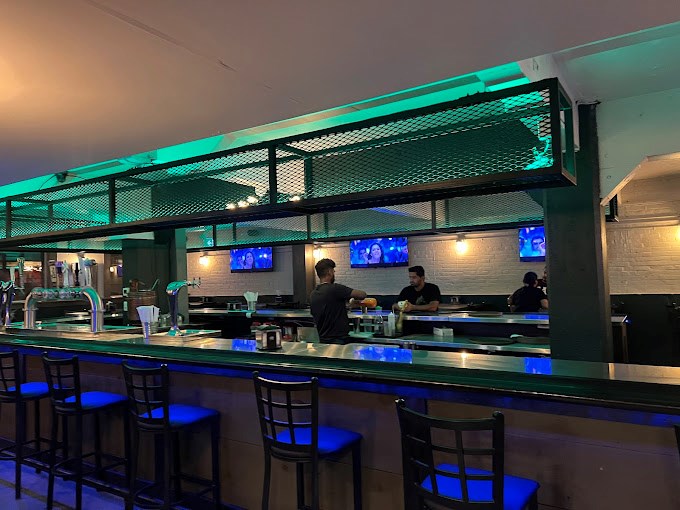
Ashwin Paul of the Malabari Bistro in downtown Sarnia opened in July 2024. Like the Rekhys, he's energetic and personable. His philosophy is that food should be welcoming to people of all groups and belief systems. He told me that he moved to Sarnia from the Toronto area because Sarnians travel and might have experienced Indian food during those travels. Two of the house specialties are kulukki, which is a kind of fruit punch, and Dosas. Dosas are rice-and-lentil crepes that derive from the Portuguese influence in the Kerala region in India. He, too, notes that his clientele is a mixture of different groups and that he enjoys seeing everyone sample and enjoy both Indian food and broader culture. The cuisine from Malabar is different from what most people think of as "Indian food." Paul told me that, even apart from the colonial influence of the British, Portugues, and French, the cuisine of Malabar has the influence of many more cultures because of India's presence on the Silk Road. Paul also told me that he makes an effort to patronize the other Indian restaurants in Sarnia.
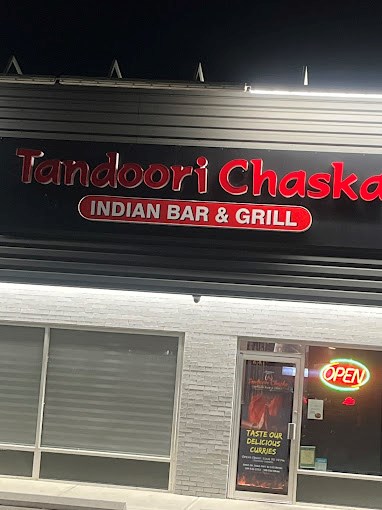
At Tandoori Chaska, the restaurant's chef as well as its owner Manish Sharma, agrees with the idea that Indian food is a pastiche of various cultural influences. He maintains that Indian food is not just for Indian people. It has worldwide appeal. He said that about 70% of his clientele are students from Lambton College, so he keeps his prices affordable for them. Sharma has more than 20 years of experience, and during that time, he found that Indian cuisine is popular because there's "something for everyone." He uses all Indian spices as he strives to keep everything completely authentic. He also told me that he includes some Nepalese culinary ideas and dishes, forming a cuisine of Indo-Chinese fusion with Indian styles.
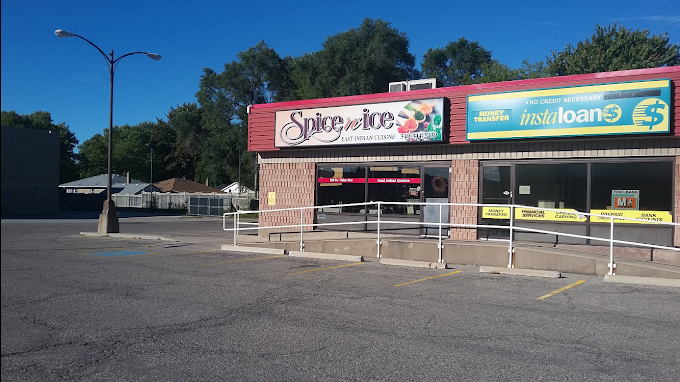
Kanwarjit Walia started in Sarnia as a chef at Sitara, although he worked there before the current ownership took over. Walia started his own restaurant in 2015, and today, it's called Spice & Ice. He has 17 years of experience as a chef, and he also oversees the cooking at his location. He is happy about the phenomenon of the popularity of Indian food in Sarnia because his long-term customers not only kept him going during the pandemic but also kept him going now. He told me that he enjoys building connections with his customers and sharing his passion and expertise with them. His biggest aim is to produce consistently good fare for customers and to see them smile when they come back in for lunch or dinner.

The newcomer to the Indian food scene in Sarnia is Fuzail Pirzada, whose Butter Chicken Biryani and More Sarnia restaurant opened on the Golden Mile about six weeks ago. He's a former long-haul trucker, and he decided to open his restaurant where he did so he could serve his former brethren. He told me that, so far, business has been good. He, too, has a varied clientele. Sometimes, the truckers take lunch or dinner with them for the road. His food is from the Hyderabad region, which is heavy on both vegetarian and vegan dishes but still includes chicken and lamb. Pirzada is also the chef at his place, and he offers multiple spice levels to appeal to many palates.
In most cases, these restaurateurs don't have beef on the menu because a lot of their customer base is Hindu and doesn't eat beef for religious reasons. In all cases, though, these restaurants are seeing success despite the low numbers of Indians in the city. It appears as if Sharma is correct: Indian food has worldwide appeal. Different colonial powers have brought Indian spices back to their own countries for centuries. And, as the wonderfully diverse menus of these restaurants show, with collections of street food, snacks, appetizers, regional beverages, and entrees, Indian food is far more than just butter chicken and lamb vindaloo.
